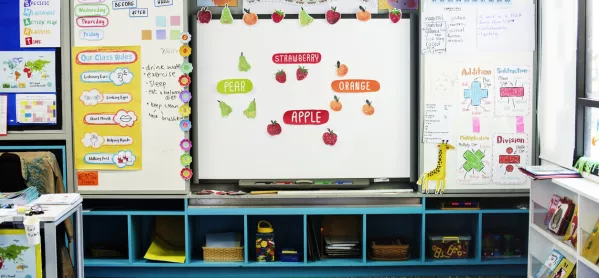It seems everyone’s on at us to ditch our displays at the moment. Or if we refuse to do that, then we are told to at least strip them back to almost nothing.
The reason? They cause sensory overload, are unnecessary and are essentially pointless wallpaper.
Now, somewhere underneath this extreme reaction, there is a semblance of a point about using display boards badly. But what we get instead is a total abandonment of the idea.
Interventions for SEND
That’s the wrong approach. As a Sendco in a primary school, I can see how positive a display board can be for learners with SEND - when used correctly.
It would help if we called them a name that actually sums up what they are supposed to be: “learning journeys”. By remembering that this is their true purpose, it takes the pressure off teachers to create them, encourages learners to contribute to them and ultimately documents the journey of the children’s learning.
The plus points of display boards
Why are learning journeys good?
- They are visual prompts for children with SEND. Many of these children benefit from the scaffolding of extra supports.
- Pupil input: children are enabled to feel empowered contributing to the layout of their classroom and learning.
- Having the extra support on the walls can reduce barriers to learning such as anxiety and poor working memory.
- Interactive activities are good for sensory stimulation.
- They provide opportunities to improve confidence in answering class questions.
How to do displays well
So how do you build a board to do all of those things?
1. Start with a blank board
Starting each term with a blank wall allows the work to be the focus throughout the term, not the display. This has a higher chance of children actually using the board for what it is intended for.
2. Don’t put anything up if you do not have an audience
When children see you placing items on the board, they are making those connections between lessons learned and what is on the learning journey. By seeing you put it up, they have learned where to find a lifeline in future learning.
3. Model usage
Children don’t inherently know to use the boards to help in their learning if you are not showing them how to.
4. Don’t just put up ‘best’ work
By including drafts as well as the final products, children see that a final outcome materialised from previous lessons.
Shayleen Orr is a primary teacher and Sendco in London
